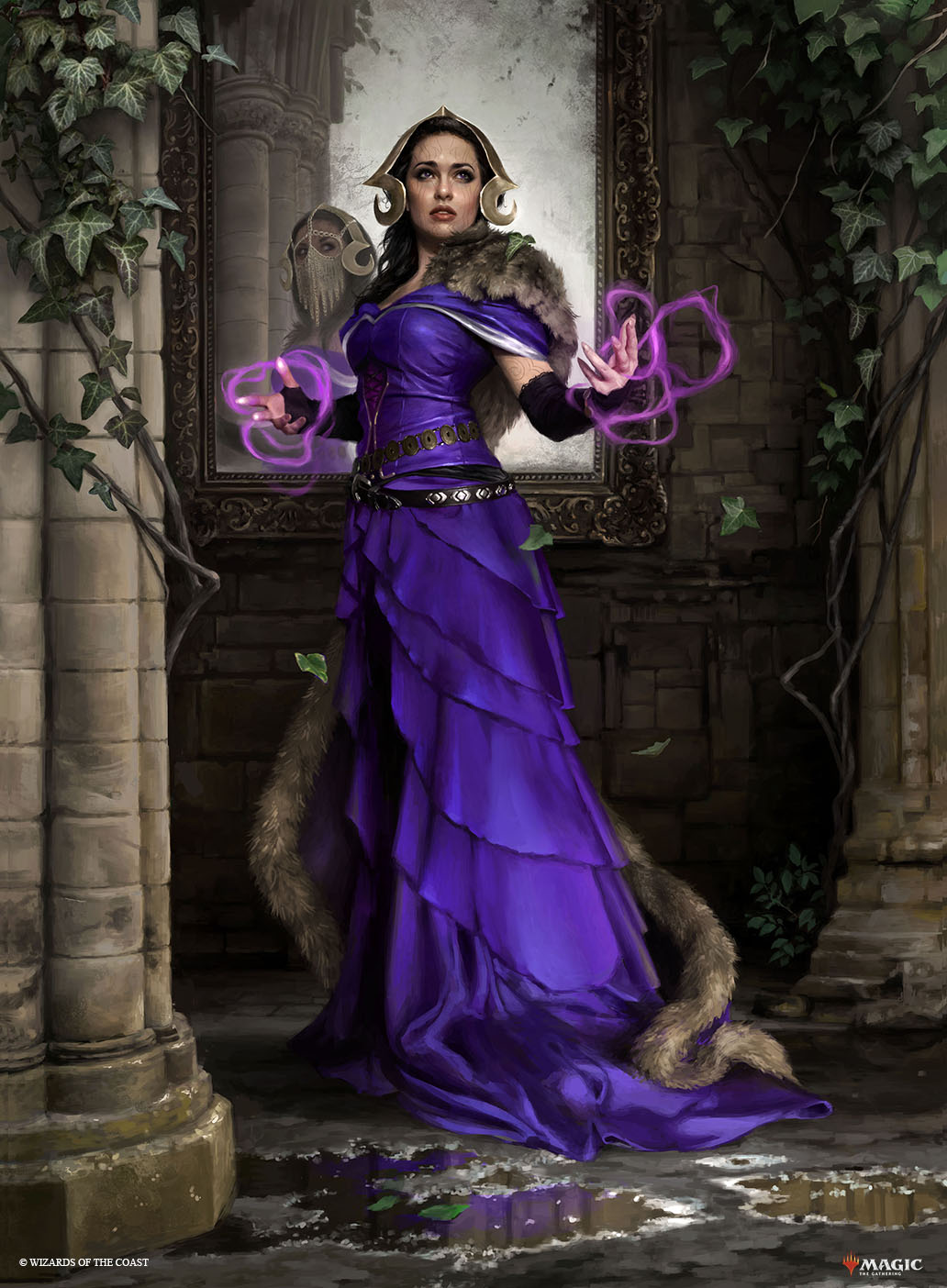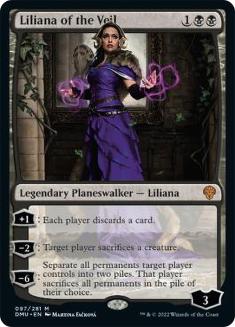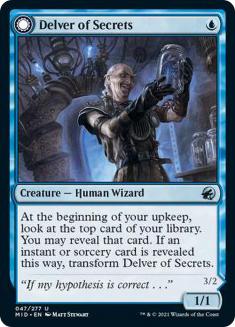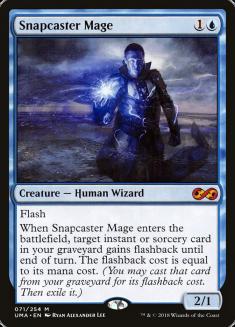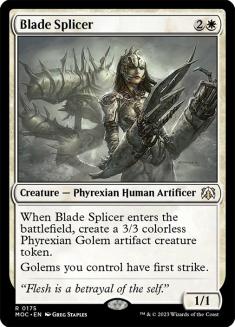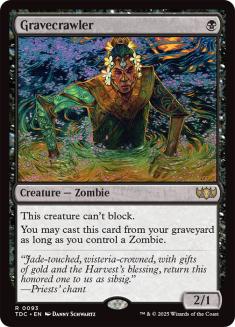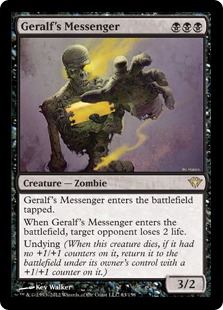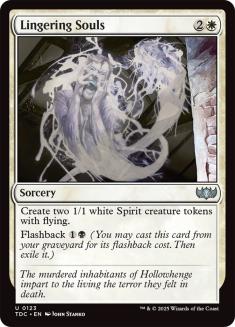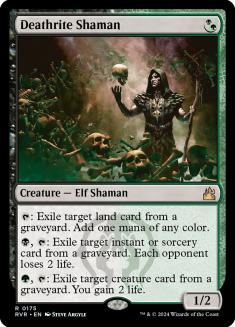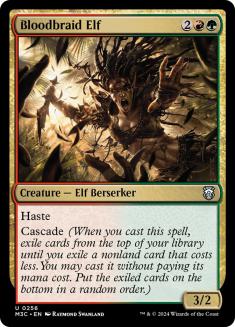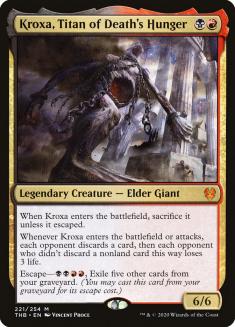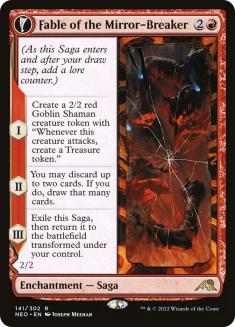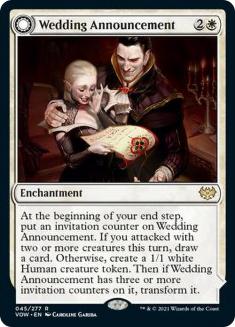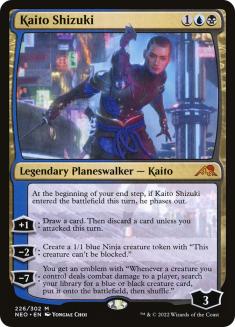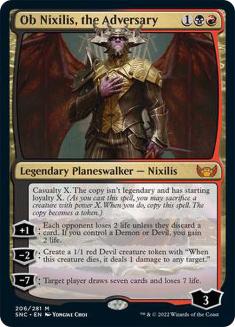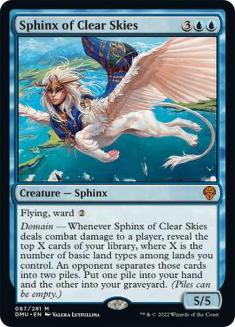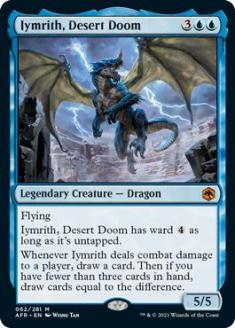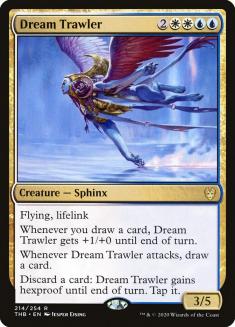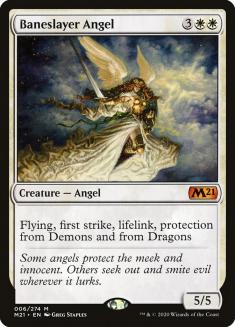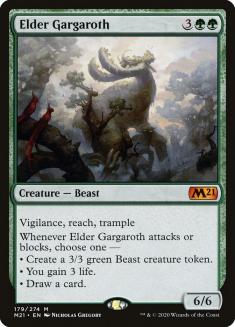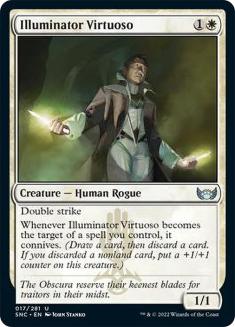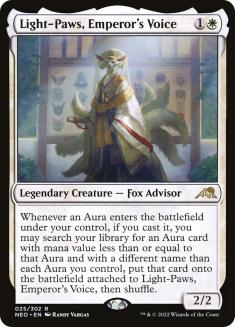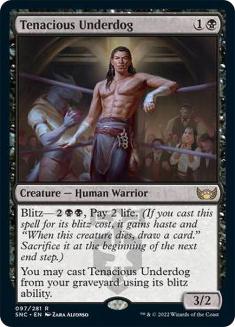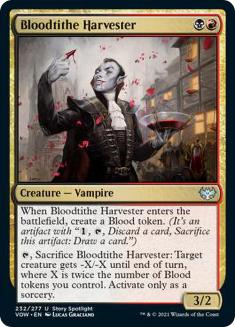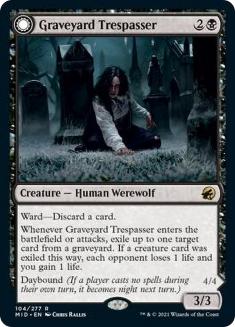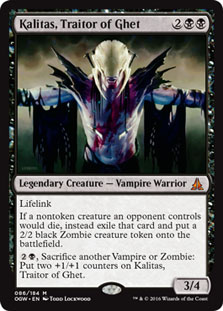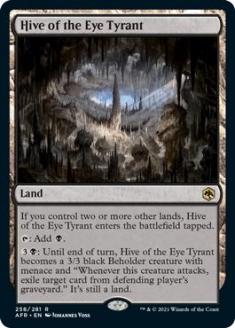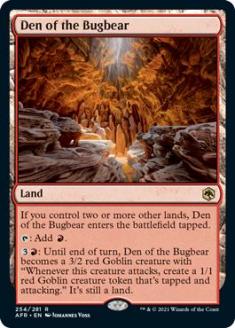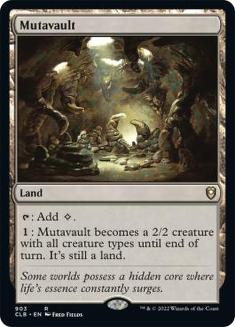A trip back to a familiar plane is the perfect excuse to revisit some fan favourites. We’ve seen countless incarnations of Liliana since the original and iconic planeswalker cycle in Lorwyn. Nobody would bat an eye at seeing another new take on her, but why mess with success?
Liliana of the Veil was a smash hit the first time, and her return in a Standard-legal set after more than a decade is guaranteed to grab your attention.
Magic has changed a lot since then. How well has Liliana aged?
Then
Liliana’s Standard debut was rather forgettable. Blue tempo decks headlined by Delver of Secrets and Snapcaster Mage quickly took over Innistrad Standard, and early favourites like Esper Control and Esper Reanimator that seemed like good homes for Liliana quickly fell off the map. The Dimir Control decks that did emerge were more reactive and struggled to find room or time for a sorcery-speed three-drop that was tough on their mana. Liliana showed up in some of these lists, but mostly as an afterthought.
When later sets brought new tools to battle Delver, these also lined up well against Liliana of the Veil. Threats were resilient, recursive, or had haste (or all of the above, like Strangleroot Geist had). Their prey had already gone extinct – there was no ‘Liliana deck’ to speak of in Standard. Black was suffering more broadly as a colour, and the most successful black strategy was an aggressive Zombies deck that would rather develop its own battlefield with a three-drop than trade off resources. To add insult to injury, Liliana was comically weak against those Zombies; imagine using the -2 ability against Gravecrawler and Geralf’s Messenger.
Every iteration of Innistrad has some nonsense going in the graveyard. This can work well with Liliana – using her as a discard outlet and acting as a way to get ahead once Liliana has wiped out both players’ hands – but these same factors can also work against her. Lingering Souls was the perfect illustration of this last time. You would happily discard Lingering Souls to Liliana and then flash it back to protect her, only to question all of your life choices when your opponent discarded their own copy to your Liliana and sacrificed a Spirit to protect a real threat from her Edict ability.
Liliana of the Veil made its reputation in Modern instead. When Jund wasn’t a joke used to bully boomers but had a clear claim to the title of best deck in Modern, Liliana was a central piece of that puzzle and a vital tool against fair and unfair decks alike.
Now
Liliana’s companions and competition are both very different now. Modern’s ruthless efficiency pushed Liliana out long ago, but what context can we bring to the formats that Liliana is joining for the first time? Two of modern Magic’s most infamous designs offer a clue.
Uro, Titan of Nature’s Wrath was an obscene design mistake banned in four separate Constructed formats. Kroxa, Titan of Death’s Hunger is a pushed but ultimately palatable card that hit the right note for Constructed. How do we explain this, given their apparent symmetry?
The short answer is that these cards push you in opposite directions. Uro exemplified a design trend that took over Magic and reached its apex in that 2019-2020 era that contained Theros Beyond Death, while Kroxa had to swim against that tide. Uro wants you to play a bigger game where you accumulate more resources, have time to leverage them, and eventually bury the opponent in an avalanche of card advantage. Kroxa votes for a smaller game where both players trade off cards and operate with few resources, favouring whoever has the last meaningful threat – and Kroxa is better in that role than anything else.
Beyond this direct comparison, everything else going on in Magic at the time and since is an endorsement of Uro’s preferred play style. In a world of Omnath, Locus of Creation or Wrenn and Six – in a world where every card is, if not a Primeval Titan, at least a Mulldrifter – you are likely to end up playing a bigger game, whether you like it or not.
Liliana is on the wrong side of that history; there’s no better example of a card that tries to shrink the game. There’s also no shortage of recent cards that out-muscle any attempt to do that.
Just think about how poorly Liliana lines up against Fable of the Mirror-Breaker or Wedding Announcement (or The Wandering Emperor, or Esika’s Chariot, or…). In Innistrad Standard, you accepted that Liliana was bad against Primeval Titan or Thragtusk, but it could at least try to cut the opponent off at the knees before they could cast a six-drop. Here, the cards that do everything everywhere all at once cost the same as Liliana.
Liliana of the Veil was a trailblazer for three-drop planeswalkers in its day, but audiences expect more now. Kaito Shizuki and Ob Nixilis, the Adversary play well against Liliana, as any planeswalker with that template does, and also directly compete for that same spot on the curve in these black midrange decks.
One thing that Liliana has in common with these cards is that it is much better on the play than the draw – always a big advantage in Constructed, but one that feels especially pronounced recently. The same curve of two-drop into three-drop that overwhelms Liliana on the play can be embarrassing on the draw when Liliana chews up the two-drop and your follow-up answers the three-drop as she starts ticking up again. There are some interesting and intricate tactical games involving Liliana, but also many games that she ruins just by showing up – her play patterns can be very polarizing.
That said, Liliana is still an appealing tool and is as strong as ever against certain cards or strategies.
‘Big blue flyer with a bespoke form of protection from removal’ is a recurring feature of every Standard format, and Liliana laughs at all of them (as well as proven players like Raffine, Scheming Seer or Hinata, Dawn-Crowned that rely on taxing removal). Sphinx of Clear Skies is a strong version of this staple, but it may be dead on arrival just because it shares a set with Liliana.
More generally, Liliana is another nail in the coffin for any expensive creature that doesn’t bring immediate value or leave something behind. The same factors that make the game about Mulldrifters have already made life hard for these cards, so Liliana’s strength here is less of a unique selling point.
The same goes for any strategy that invests heavily in a single creature. Liliana is lights out for decks like Boros Heroic or Orzhov Auras in Pioneer, especially if backed up by cheap removal like Fatal Push to pick off any stragglers in advance. These decks can adapt – you may see more copies of Cartouche of Solidarity in any Auras deck, for example – but Liliana will be a looming nightmare in an already tricky matchup.
Liliana’s Supporting Players
Let’s look at Liliana’s likely partners in crime.
Standard
This pair of two-drops curves nicely into Liliana and will be a natural starting point for a black midrange deck in Standard. If the opponent tries to commit more creatures to the battlefield to protect their best card from Liliana’s -2 ability, Harvester can clear the way for Liliana to clean up.
Tenacious Underdog is another effective foil to Liliana too – you’re often keen for your Underdog to die so that you can start recasting it from the graveyard with blitz, and that line can immediately get revenge on the Liliana that killed Underdog while replenishing your hand.
Pioneer
If you’ve kept up with the Pioneer discourse, you already know about a Rakdos deck with a healthy appetite for three-drops. Liliana bloats that spot on the curve even further, but is perfectly at home here.
Rakdos Midrange is full of cheap but conditional interaction; you will often be stuck with a Fatal Push with no good targets or a Thoughtseize that you know you don’t want to cast. These are perfect fodder for Liliana’s +1 ability, letting them trade for a card in other ways.
Liliana also pairs well with your actual curve-topper in Kalitas, Traitor of Ghet – a Liliana that ticked up the previous turn can immediately force a sacrifice once Kalitas is cast, creating a Zombie that in turn gives Liliana another layer of protection.
Kroxa and Liliana not only want the same things, they understand each other’s needs. Between targeted discard like Thoughtseize and repeated discard from Liliana alongside Kroxa triggers, it’s easy to empty the opponent’s hand. You often don’t want to spend time casting Kroxa from your hand just to get it in the graveyard; Liliana does that for free while giving you the same outcome. The symmetrical discard also makes it easier to get to five cards to escape Kroxa, not always trivial in a permanent-heavy deck in a non-fetchland format.
Creature lands are a big part of Pioneer and a key to the success of Rakdos Midrange. These are more double-edged swords for Liliana – they are threats you can fire up immediately to end the game quickly once Liliana has done its thing, but they can also pressure Liliana or shield a more important threat from it.
Liliana isn’t universally strong – if the best it can do is give your Abzan Greasefang opponent a much-needed discard outlet for Parhelion II or trade down for their Satyr Wayfinder, you should be ready to sideboard it out – but it joins a deep bench of powerful cards for a strategy that is already highly popular and successful in Pioneer and Explorer.

